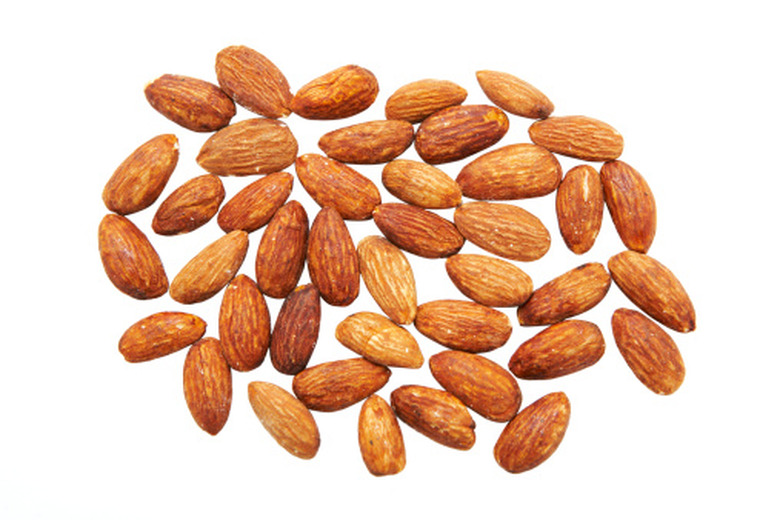What Are Good Weather Conditions For Growing Almonds?
Some people grow almond trees for their nuts and others grow them for landscaping purposes. Regardless of why you have planted them, almonds tend to thrive best in areas free from frost during blooming season. Almonds are among some of the earliest-blooming deciduous fruit or nut trees.
Growing Weather
Purdue University notes that it is difficult to grow almonds in locations that receive frequent spring frosts or where cold air settles. Almonds grow best with warm, dry summers. Most of the almonds harvested in the Unites States grow in California's San Joaquin Valley, where temperatures are moderate and relatively dry.
Blooming Weather
Almond trees lie dormant November through January and begin to bloom from February through mid-March. The "fruit" or nut begins to develop in April and continues to develop through June.
- Some people grow almond trees for their nuts and others grow them for landscaping purposes.
- Purdue University notes that it is difficult to grow almonds in locations that receive frequent spring frosts or where cold air settles.
Harvesting Weather
Harvest almonds once the hull is partially cracked open and dried, normally around July. If you wait until the nuts fall on their own, you could risk losing them to rain or bird damage. Most growers allow the nuts to harden on the orchard floor for 7 to 14 days.
